10 Unforgettable Festivals to Attend When Visiting Thailand

There’s something truly magical about being in Thailand during a festival.
Whether it’s the surreal moment when thousands of lanterns float into the sky or the absolute chaos of a nationwide water fight, Thailand knows how to throw a celebration—and honestly, it’s something you have to experience at least once in your life. As someone who's had the joy of chasing festivals across the country, I can say this: few places blend spirituality, fun, and pure human connection like Thailand does.
If you're dreaming of a trip packed with energy, emotion, and unforgettable moments, you must take curated tours in Thailand, it can make the experience even more immersive and hassle-free. Whether you're joining a Songkran street party in Chiang Mai or floating a lantern in Chiang Rai, there's a tour out there that’ll help you see it all, up close and personal.
Let’s explore the best festivals Thailand has to offer.
Why Thailand’s Festivals Are Worth Experiencing
Okay, let’s get one thing straight: Thai festivals aren’t just events—they’re full-blown cultural experiences. If you’ve only seen them in Instagram reels or travel vlogs, I promise you, being there in person hits completely different.
For starters, Thailand has this beautiful way of weaving together tradition, religion, and joy. Most festivals are deeply rooted in Buddhist beliefs or ancient folklore, yet they’re celebrated with a kind of liveliness and openness that makes you feel instantly welcome—even if you don’t fully understand what’s going on at first (which, to be fair, happens a lot... and that’s part of the fun).
Then there’s the sensory overload—in the best way possible. Imagine streets filled with neon-colored lanterns, the sound of traditional drums mixed with laughter, the smell of sizzling street food in the air, and people dancing like no one’s watching. Whether it's a calm candlelit river or a rocket-launching sky party, no two festivals feel the same, and that’s exactly what makes chasing them so addictive.
And timing-wise? Thailand’s festival calendar is stacked year-round. There’s something happening almost every month, so no matter when you plan your trip—especially if you're eyeing Chiang Mai tours—chances are, you’ll stumble into something amazing.
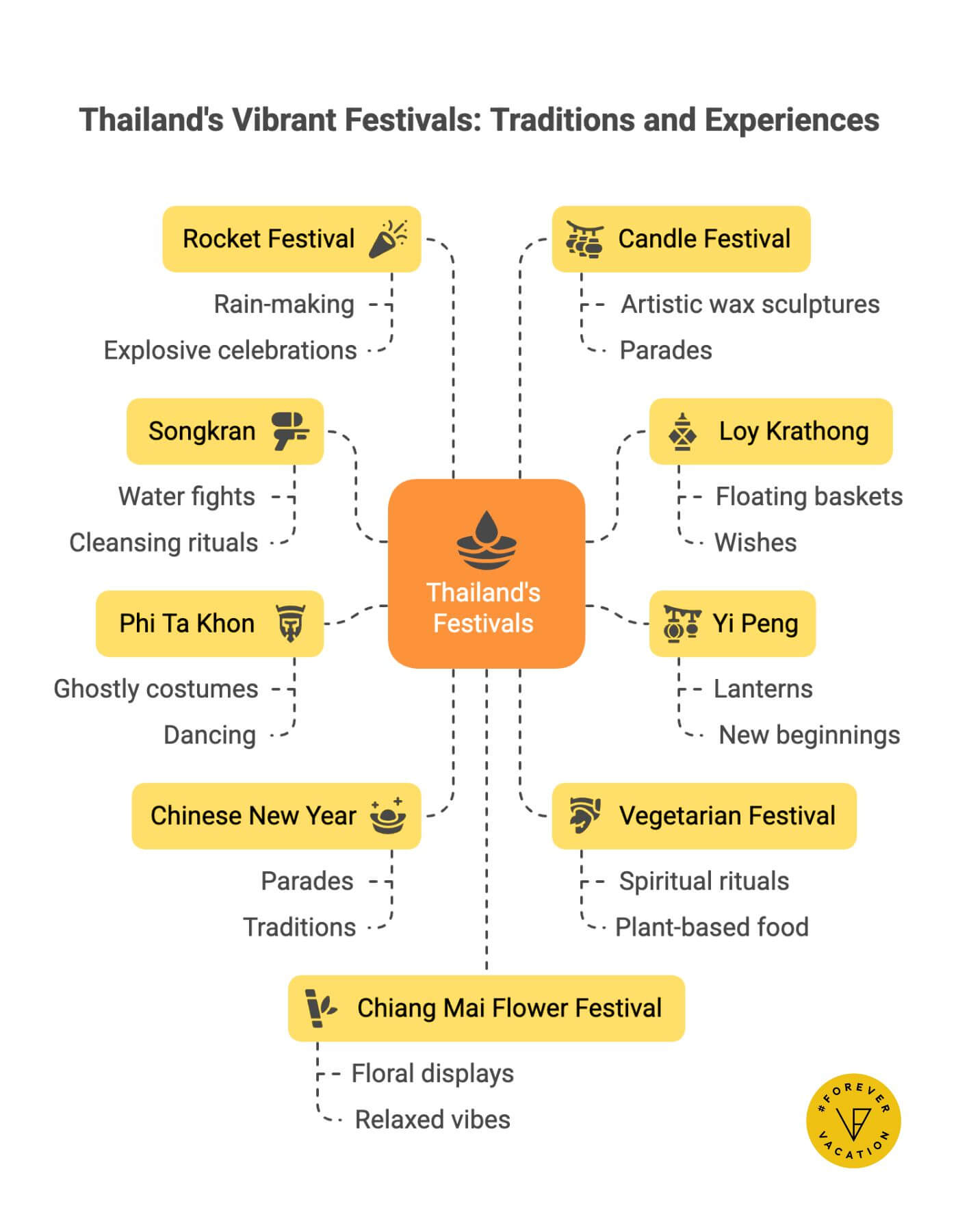
10 Must-See Festivals in Thailand
Again, Thailand is renowned for vibrant celebrations blending tradition, culture, and joyful spirit. Here are 10 must-see festivals you shouldn't miss during your visit!
1. Songkran (Thai New Year – April)
If you’re only going to attend one festival in Thailand, make it Songkran. No debate.
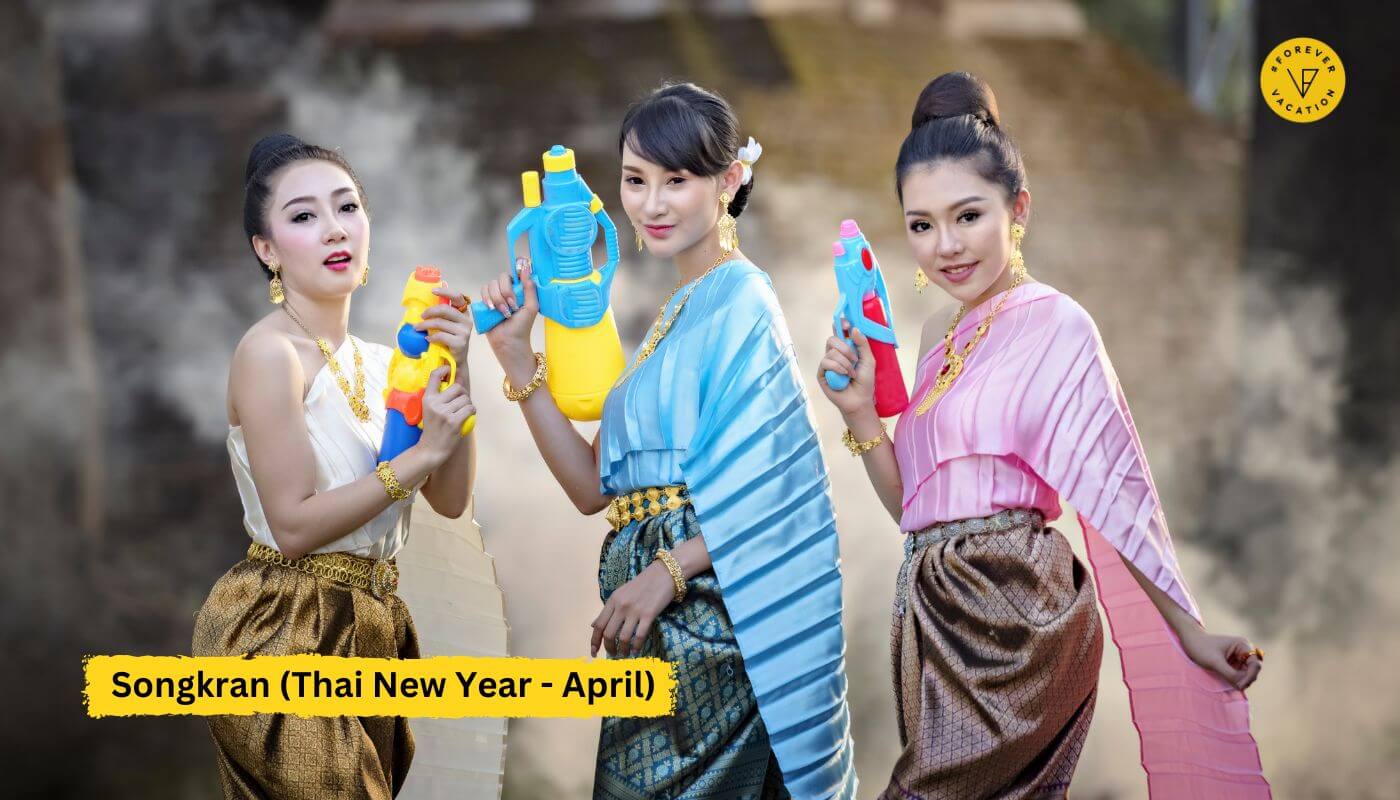
Celebrated every April, Songkran is Thailand’s version of New Year—and instead of fireworks and champagne, people welcome the new year by absolutely drenching each other with water. We’re talking water guns, buckets, hoses, even elephants spraying from their trunks in some towns. It’s joyful chaos, and somehow, it’s also deeply spiritual.
Underneath all the water fights is a beautiful tradition: cleansing. Splashing water is meant to wash away bad luck and negativity, so you can start fresh. You’ll also see locals visiting temples, making merit, and gently pouring scented water over Buddha statues or their elders’ hands as a sign of respect.
Best places to experience it? Chiang Mai is legendary—it turns into a full-on splash zone for three days straight. Bangkok brings the party vibe (especially around Silom Road and Khao San). And Phuket blends beach vibes with local traditions in the most fun way possible.
A tip for you: Don’t bother trying to stay dry. Just embrace the madness, waterproof your phone, and smile through the soak.
2. Loy Krathong (Festival of Lights – November)
Loy Krathong feels like stepping into a dream. It’s peaceful, romantic, and a total 180 from the water-soaked mayhem of Songkran.

Held during the full moon of the 12th lunar month (usually in November), Loy Krathong is all about letting go. People gather by rivers, lakes, or even hotel swimming pools to float beautifully decorated baskets—called krathongs—made of banana leaves, flowers, incense, and candles. As you release your krathong into the water, you make a wish and symbolically say goodbye to anger, bad luck, or anything else you’re ready to leave behind.
And when thousands of flickering lights drift downstream at once? It's… breathtaking. Pure magic.
Some of the best places to soak it all in: Sukhothai, the historical birthplace of the festival, puts on a dreamy show with traditional performances among ancient temple ruins. Chiang Mai often pairs it with Yi Peng (more on that next), so you get both floating krathongs and lanterns in the sky. And of course, Bangkok has celebrations all over the city, especially near riverside temples and parks.
Quick tip: Buy or make your own biodegradable krathong—it’s better for the environment, and the local markets sell some beautiful ones made from bread or natural materials.
3. Yi Peng (Lantern Festival – Coincides with Loy Krathong)
You’ve probably seen those dreamy photos of thousands of glowing lanterns floating into the night sky—that’s Yi Peng. And yes, it’s even more magical in person than it looks online.

Yi Peng is celebrated mostly in Chiang Mai and happens at the same time as Loy Krathong, making November the absolute best time to visit the city. Instead of water-based offerings, this festival sends wishes skyward in the form of khom loi—delicate rice paper lanterns lit from within. People write hopes, dreams, and prayers on the lanterns before releasing them into the sky in one massive, awe-inspiring moment.
The spiritual meaning? Releasing the lantern symbolizes letting go of misfortune and inviting good luck and new beginnings. Even if you’re not a spiritual person, there’s something deeply moving about being surrounded by hundreds (or thousands!) of people doing the same thing at the same time—quiet, focused, united.
Where to go: The most iconic Yi Peng experience is at designated release sites around Chiang Mai, including organized events at temples, universities, and open fields. Some are free, others require a ticket for safety and crowd control. Either way—don’t miss it.
Pro tip: Be respectful with your lantern. Choose eco-friendly versions, and follow the local rules—Chiang Mai takes safety and environmental impact seriously, and you should too.
4. Phi Ta Khon (Ghost Festival – June/July)
Phi Ta Khon is one of those festivals that makes you stop and go, “Wait… what is happening right now?” And that’s exactly why it’s amazing.
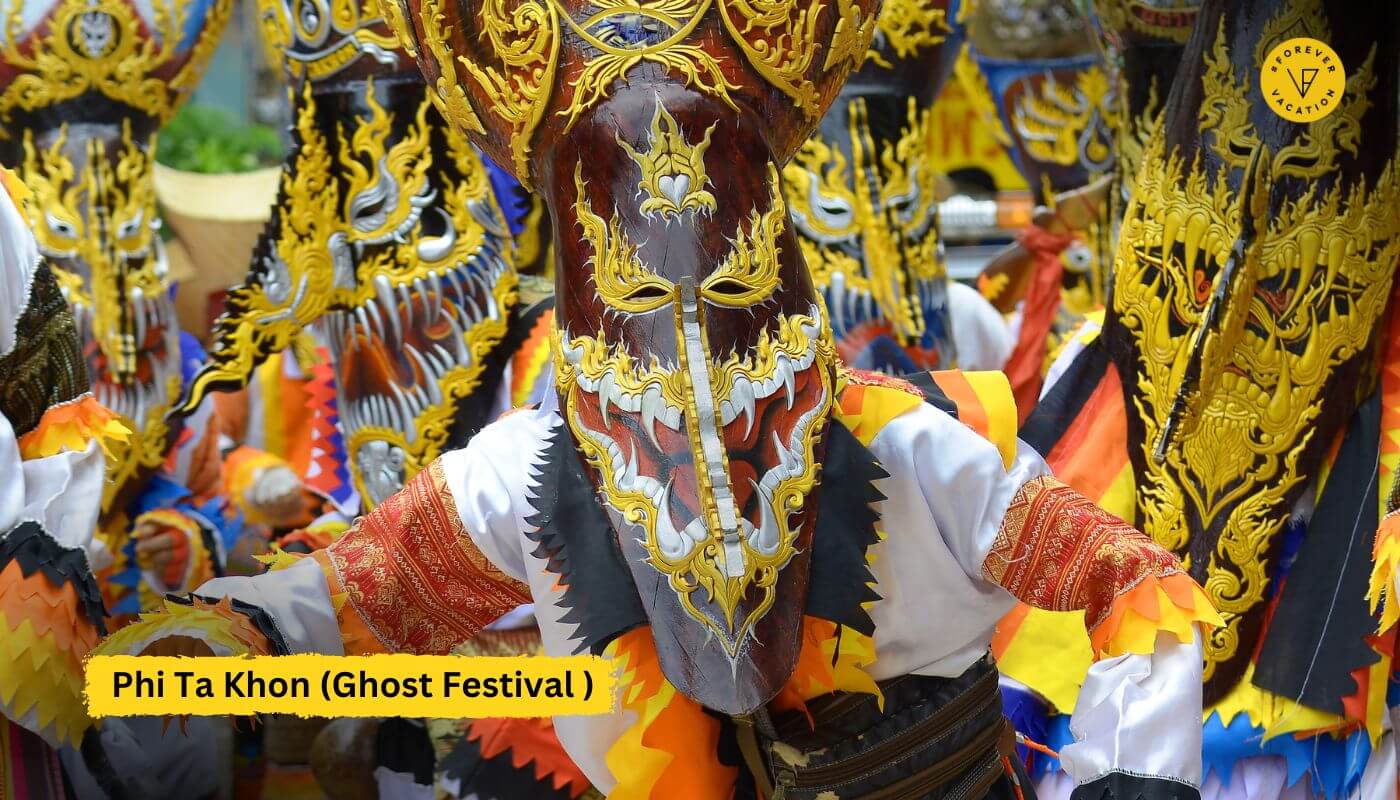
Held in Dan Sai, a small town in Loei Province in northeastern Thailand, this three-day festival is part of a larger Buddhist merit-making event called Bun Luang. But Phi Ta Khon has its own wild flavor—think spooky-cute costumes, mischievous dancing, and giant painted masks that look like a cross between a comic book villain and a haunted puppet. It’s playful, bizarre, and packed with energy.
Legend has it the festival comes from a story in which a prince’s journey was so joyful that even the dead came out to celebrate. So, locals dress as friendly ghosts and parade through the streets, shaking bamboo clackers and teasing the crowd. There’s also music, food, and traditional performances mixed in, so it’s not just about the spooks.
Why go: Because there’s nothing like it. It’s one of the best ways to see authentic, community-driven Thai culture that tourists rarely get a glimpse of.
Pro tip: Since Dan Sai is pretty remote, plan ahead—book accommodation early and pair the trip with some time exploring nearby nature or temples in the Isaan region.
5. Chinese New Year (January/February)
If you’re in Thailand around late January or early February, you’re in for a treat—Chinese New Year is celebrated with serious flair, especially in Thai-Chinese communities.
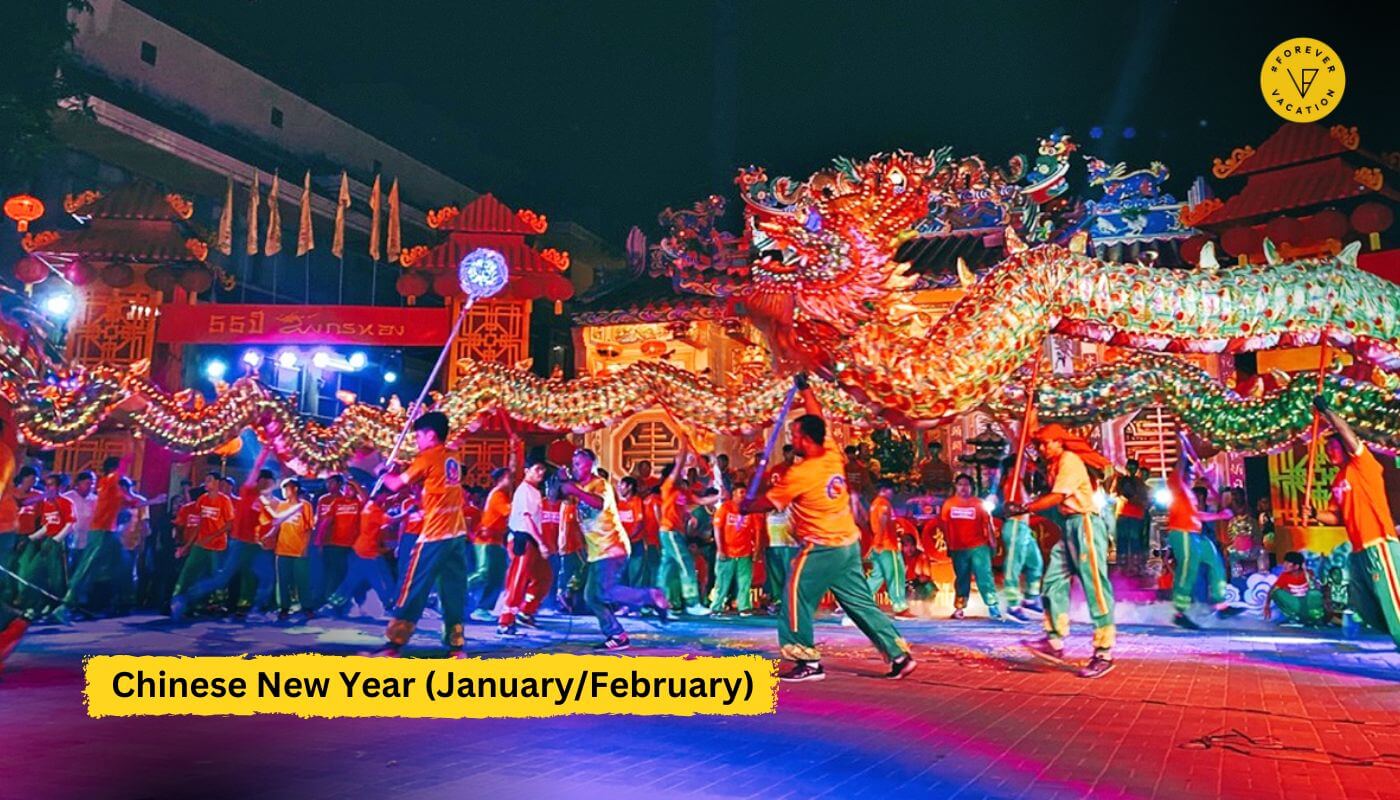
While it’s not a public holiday in all of Thailand, you wouldn’t know it by the energy in places like Bangkok’s Chinatown. The whole neighborhood explodes with life: red lanterns strung across the streets, lion dances leaping to pounding drums, firecrackers echoing from every alley, and incense wafting through temple doorways. It’s loud, chaotic, and absolutely electrifying.
The celebration is rooted in family, prosperity, and new beginnings. Many locals visit temples to pray for good fortune, offer food to ancestors, and follow age-old customs like cleaning the house before the new year to sweep away bad luck. And let’s not forget the food—oh man, the food! Think dumplings, roasted duck, sticky rice cakes (nian gao), and endless street snacks.
Where to go:
Bangkok’s Yaowarat Road is the main hub—don’t miss the parades, cultural performances, and nonstop street food.
Phuket and Nakhon Sawan also have massive Chinese communities that put on fantastic celebrations.
Pro tip: Wear red—it’s the color of good luck. And bring cash, because the night markets during Chinese New Year are a foodie’s dream.
6. Vegetarian Festival (October)
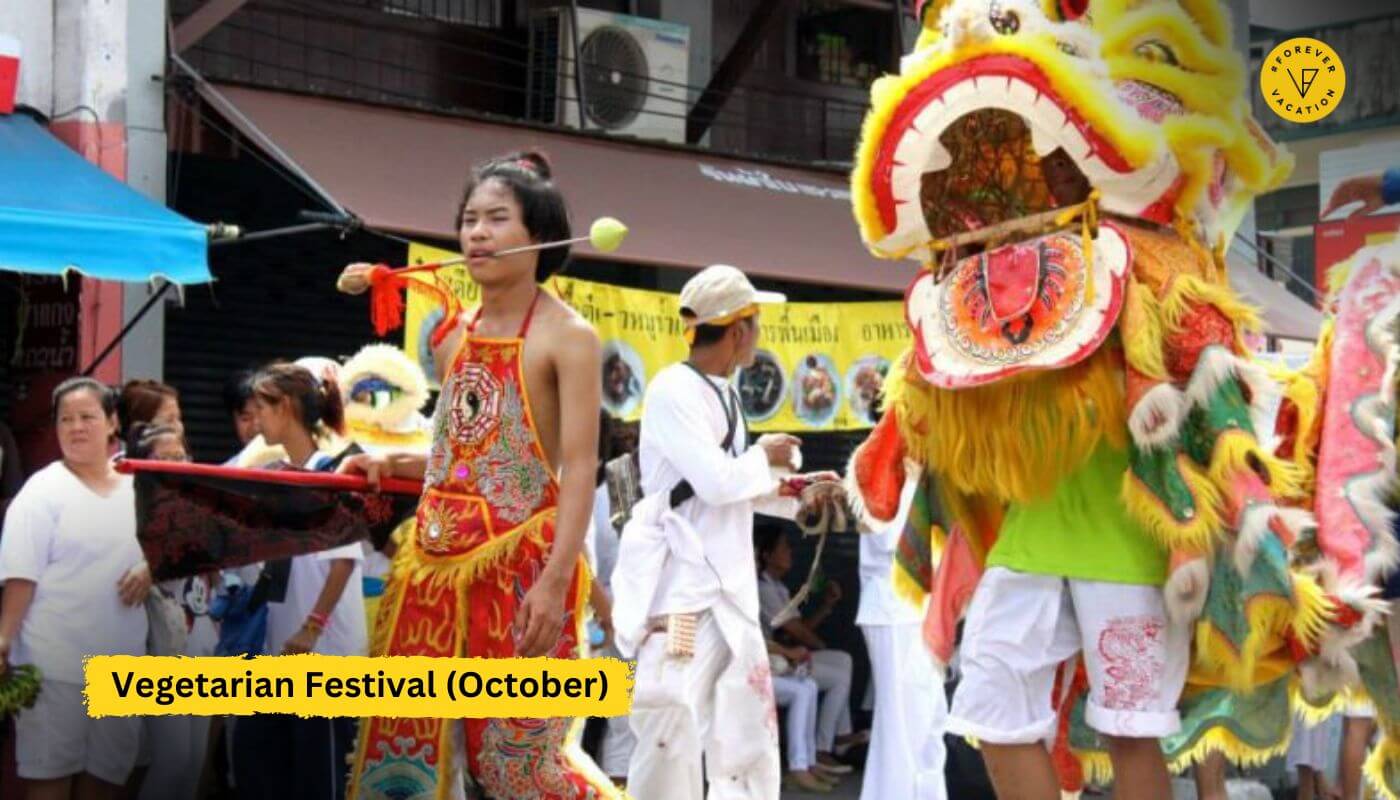
Don’t let the name fool you—Thailand’s Vegetarian Festival is one of the most intense, visually shocking festivals you’ll ever witness. Yes, it involves amazing plant-based food, but it also includes firewalking, body piercings, and some seriously wild spiritual rituals.
Celebrated mainly by Thai-Chinese communities—especially in Phuket—this nine-day Taoist festival honors the Nine Emperor Gods and focuses on purification, self-discipline, and merit-making. Participants (called ma song) enter deep trances and perform extreme acts like walking across hot coals, climbing ladders made of blades, and piercing their cheeks with everything from swords to—you guessed it—bicycle parts.
Why? It’s believed that these spiritual mediums are possessed by gods who protect them from pain, and their suffering cleanses both themselves and the community of bad karma. It’s intense. It’s sacred. And honestly, it’s something you’ll never forget.
But don’t worry—you don’t have to pierce anything to enjoy the festival. There are endless street stalls selling delicious vegan and vegetarian dishes marked with yellow flags, and plenty of colorful parades and ceremonies to watch (from a respectful distance, of course).
Where to go: Phuket is hands-down the most famous spot, but you’ll also find celebrations in Trang, Krabi, and parts of Bangkok.
Pro tip: Dress modestly, wear white if you can (a symbol of purity), and be extra respectful—this festival is deeply spiritual for many locals.
7. Rocket Festival (Bun Bang Fai – May)
The Rocket Festival is what happens when rural tradition meets explosive celebration—and yep, it’s exactly as wild as it sounds.

Held in May across northeastern Thailand (Isaan)—especially in Yasothon—Bun Bang Fai is a rain-making festival that combines ancient beliefs with a whole lot of noise, dance, and sky-high fireworks. Local communities come together to build massive homemade rockets, some over 10 meters long, and launch them into the sky to ask the gods for a good rainy season (and hopefully, a good rice harvest).
But before any rockets take off, there’s a full-on party. Think parades with outrageous costumes, traditional Isaan music and dance (called mor lam), and a heavy dose of beer and rice whiskey. It’s rowdy, it’s joyful, and it’s one of the most authentic local experiences you can find.
The rocket launches? They’re a spectacle. Each village competes to see whose rocket flies highest, and let’s just say… things can get a little unpredictable (in the best way). Some rockets soar into the clouds, others fizzle out, and a few might just blow up on the launch pad. That’s part of the charm.
Where to go:
Yasothon is the epicenter, hosting the biggest and most famous version of the festival.
Smaller towns in the Isaan region like Kalasin and Udon Thani also hold lively celebrations.
Pro tip: Bring earplugs. No joke—it gets loud. And book accommodations in advance if you’re heading to Yasothon; it fills up fast.
8. Candle Festival (Asalha Puja – July)
If you’ve ever wanted to see wax turned into high art, the Candle Festival in Ubon Ratchathani will absolutely blow your mind.
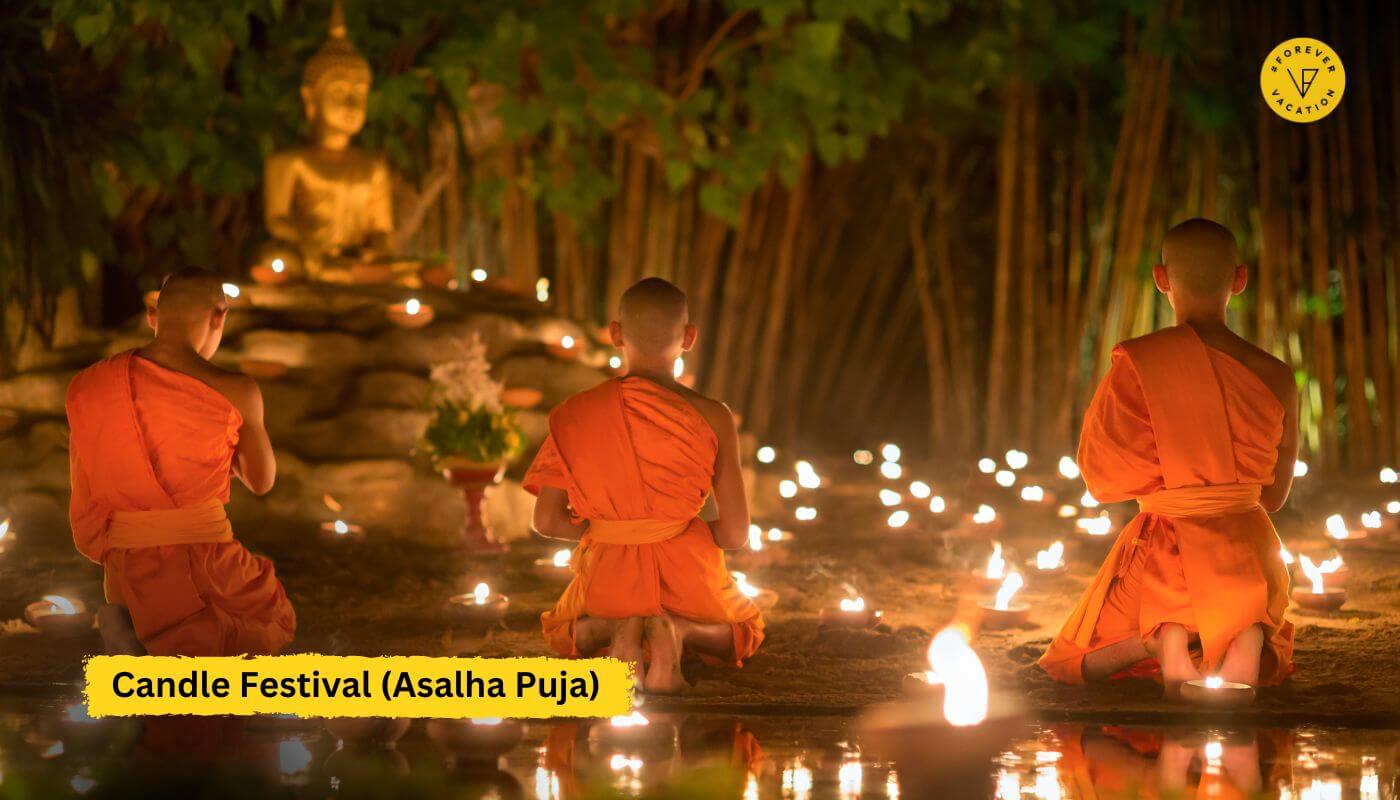
Held in July during Asalha Puja and the start of Buddhist Lent, this festival is Thailand’s creative way of honoring a spiritual turning point: the Buddha’s first sermon. Traditionally, monks were given candles to help them study during the rainy retreat season, but over time, that gesture turned into a full-blown artistic showdown.
Today, the streets of Ubon Ratchathani come alive with massive carved wax sculptures, often mounted on floats and pulled through the city in a dazzling parade. These aren’t your average candles—some are several meters high and feature intricate depictions of mythical creatures, religious scenes, and Thai folklore, all painstakingly sculpted by hand.
The whole city gets involved. Locals dress in traditional outfits, schools and communities compete in candle design contests, and there are cultural performances, music, and markets all over town.
Why go: It’s part art show, part spiritual event, and part street fair. You’ll leave with a deeper appreciation for Thai craftsmanship and Buddhist culture.
Pro tip: Get there a day early to see the artists putting finishing touches on their candle masterpieces—it’s amazing to watch the process up close.
9. Chiang Mai Flower Festival (February)
If you’re a sucker for flowers, colors, and relaxed parade vibes, the Chiang Mai Flower Festival is your kind of party.
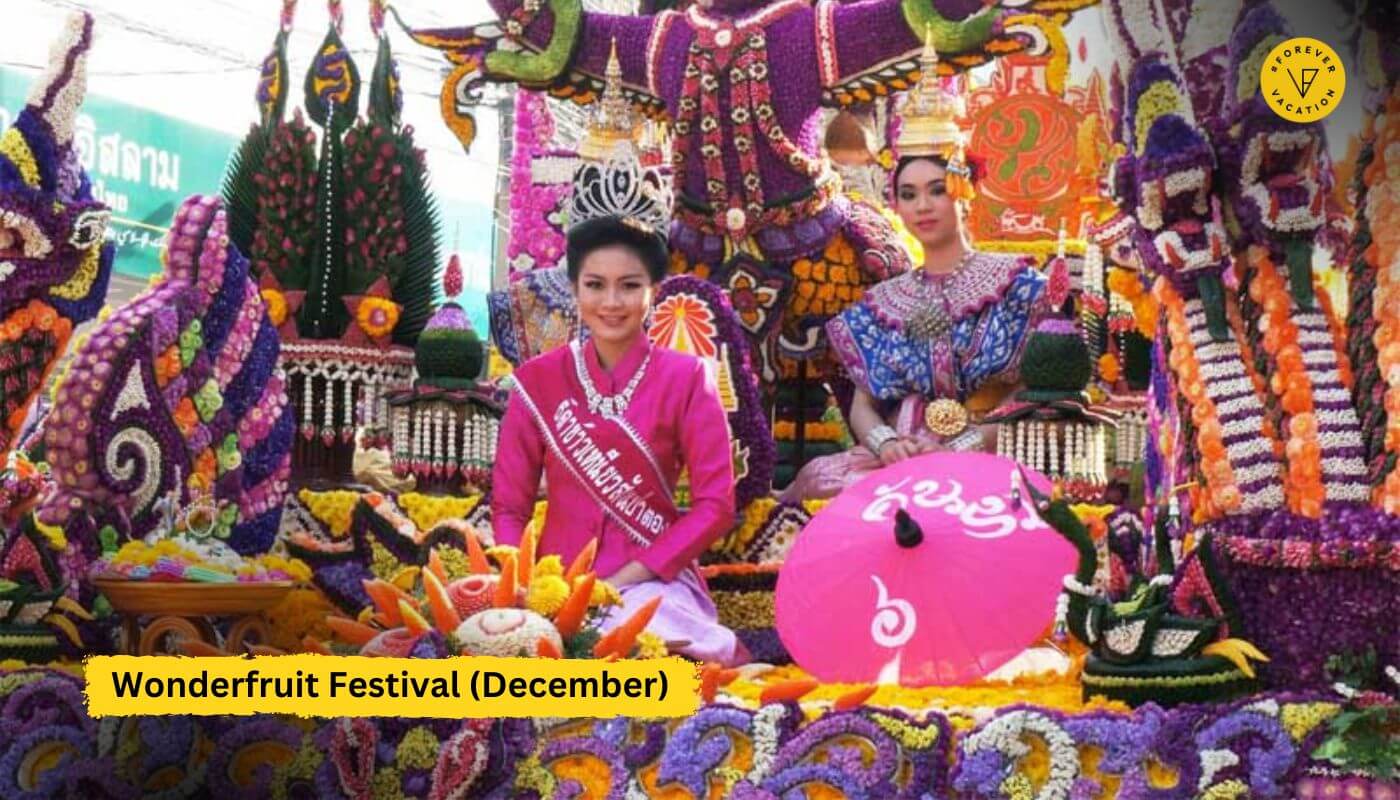
Every year in early February, Chiang Mai transforms into a city-sized garden bursting with blooming orchids, chrysanthemums, and roses. The air smells like spring, the streets are lined with flower displays, and the center of the action—Nong Buak Haad Public Park—becomes a floral fantasyland where every corner is perfect for photos (trust me, your camera roll will thank you).
But the real highlight? The flower parade. Giant floats, covered in thousands of fresh blossoms, slowly roll through the city, with dancers, marching bands, and beauty queens riding alongside in full traditional dress. It’s laid-back but still full of cultural flair, and the local pride behind each float is super heartwarming.
Why it’s worth your time: It’s a different kind of Thai festival—more relaxed, family-friendly, and low on crowds compared to the high-energy chaos of Songkran or the piercing-heavy vibes of the Vegetarian Festival. Plus, Chiang Mai in February has amazing weather.
Pro tip: Arrive early for a good spot along the parade route, and bring some cash for local snacks and handmade crafts at the market stalls around the park.
10. Wonderfruit Festival (December)
If you thought Thai festivals were all about ancient traditions and temple rituals—surprise! Wonderfruit flips the script in the coolest possible way.

Held every December just outside Pattaya, Wonderfruit is Thailand’s premier sustainable lifestyle and arts festival. Think: music, art, wellness, farm-to-table food, and eco-conscious design all rolled into one dreamy, four-day experience. It’s like stepping into an alternate universe where creativity runs wild and people from all over the world come to connect, chill, dance, and learn.
You’ll find multiple music stages with everything from live jazz to house DJs, immersive art installations you can literally walk through, yoga and meditation workshops, sustainability talks, and zero-waste food experiences. Oh, and the fashion? Totally next level. It’s like a global runway of bohemian-meets-futuristic desert vibes.
What makes it special: Wonderfruit isn’t just about partying—it has a purpose. The festival is deeply rooted in sustainability and social impact, and you’ll feel that ethos everywhere, from compost toilets to bamboo architecture to how they manage waste and carbon.
Pro tip: Tickets sell out fast, and on-site camping is part of the experience—so pack light, eco-friendly, and fabulous. Oh, and bring an open mind. This isn’t your average music fest.
Travel Planning Tips for Festival-Goers
Let’s be real—chasing festivals around Thailand sounds like the dream (and it is), but it also takes a little strategy. These events draw big crowds, prices can spike, and the vibe of each one is totally different. Here’s how to plan smart so you can focus on having the time of your life.
1. Book early—like, way early
Festivals like Songkran, Yi Peng, and Wonderfruit attract thousands of travelers, and hotels sell out months in advance—especially in hotspots like Chiang Mai and Phuket. If you’ve got your eye on a specific event, lock in flights and accommodations as soon as you can.
2. Pack with purpose
You’ll need different stuff for different festivals. For Songkran: waterproof everything. For Vegetarian Festival or Candle Festival: modest, respectful clothing. For Wonderfruit: eco-friendly gear, festival fits, and reusables. Always bring sunscreen, bug spray, and comfy shoes—trust me on that one.
3. Respect local customs
Thailand is super welcoming, but it’s also a deeply respectful culture. When you're at religious festivals, cover your shoulders and knees, be quiet during ceremonies, and don’t touch things (or people) unless invited. Snapping pics is usually okay—just ask first if it’s a more sacred moment.
4. Use local apps and pages
Facebook event pages, local tourism boards, and apps like Grab (for rides) or Wongnai (for food) are lifesavers. Festival details can change last-minute, especially smaller or regional ones, and Thai social media is where updates usually happen first.
5. Stay safe in crowds
Pickpockets are rare but possible in packed parades or busy night markets. Don’t carry your passport—just a copy. And stay hydrated (especially during daytime events or dance festivals). Thailand’s heat is no joke.
Bonus Tip: If you’re planning on hitting multiple festivals in one trip, give yourself buffer days in between. Trust me—you’ll want time to rest, explore, and let it all sink in.
Hidden Gems – Lesser-Known Local Festivals Worth Exploring
Everyone talks about Songkran and Loy Krathong—but Thailand has dozens of smaller, regional festivals that are just as colorful, just as meaningful, and way less crowded. These are the kinds of experiences that make you feel like you stumbled into something truly special.
1. Surin Elephant Round-Up (November)
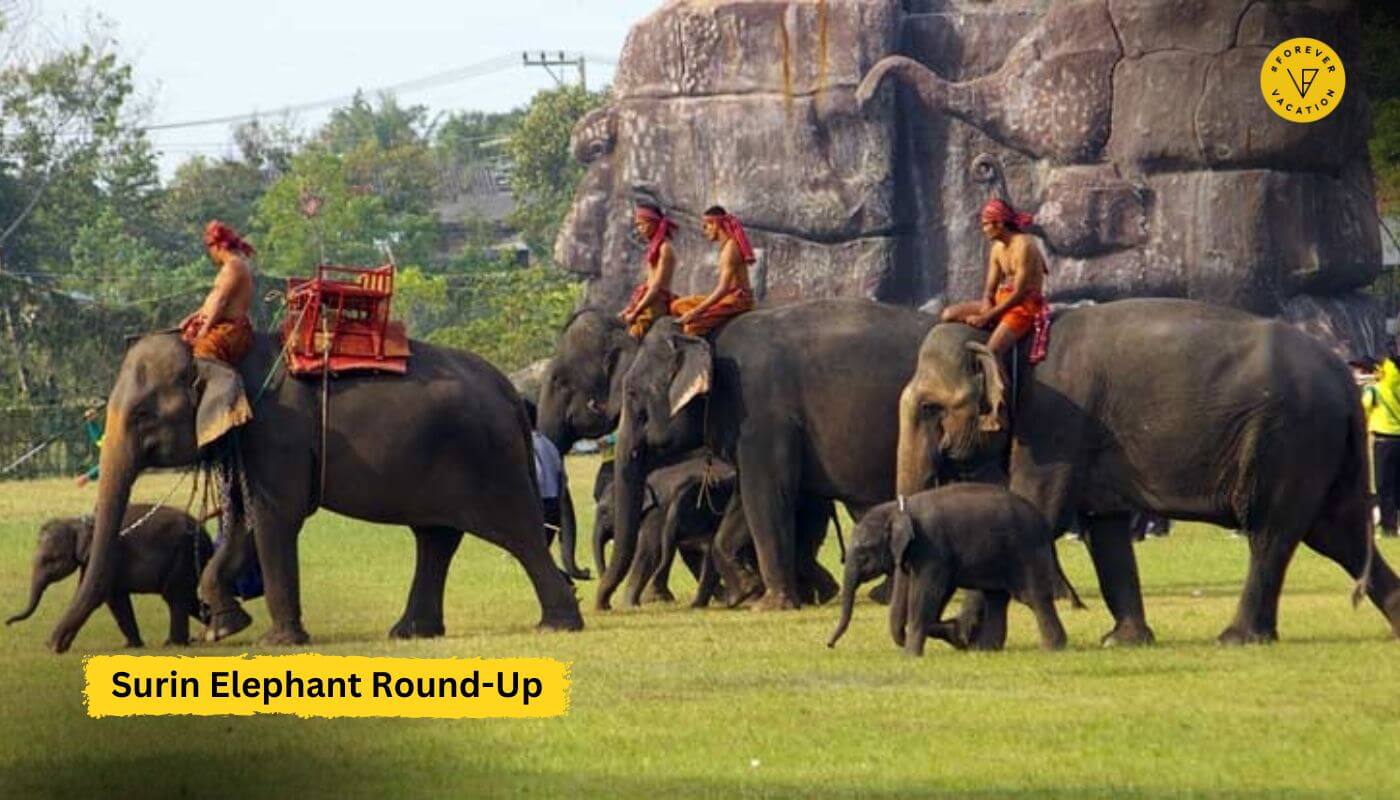
Held in Surin Province, this festival is a jaw-dropping celebration of Thailand’s relationship with elephants. Over 200 elephants take part in parades, mock battles, tug-of-war games, and demonstrations of traditional mahout skills. It’s educational, emotional, and offers a rare, respectful window into the history and challenges of elephant conservation in Thailand.
2. Bo Sang Umbrella Festival (January)
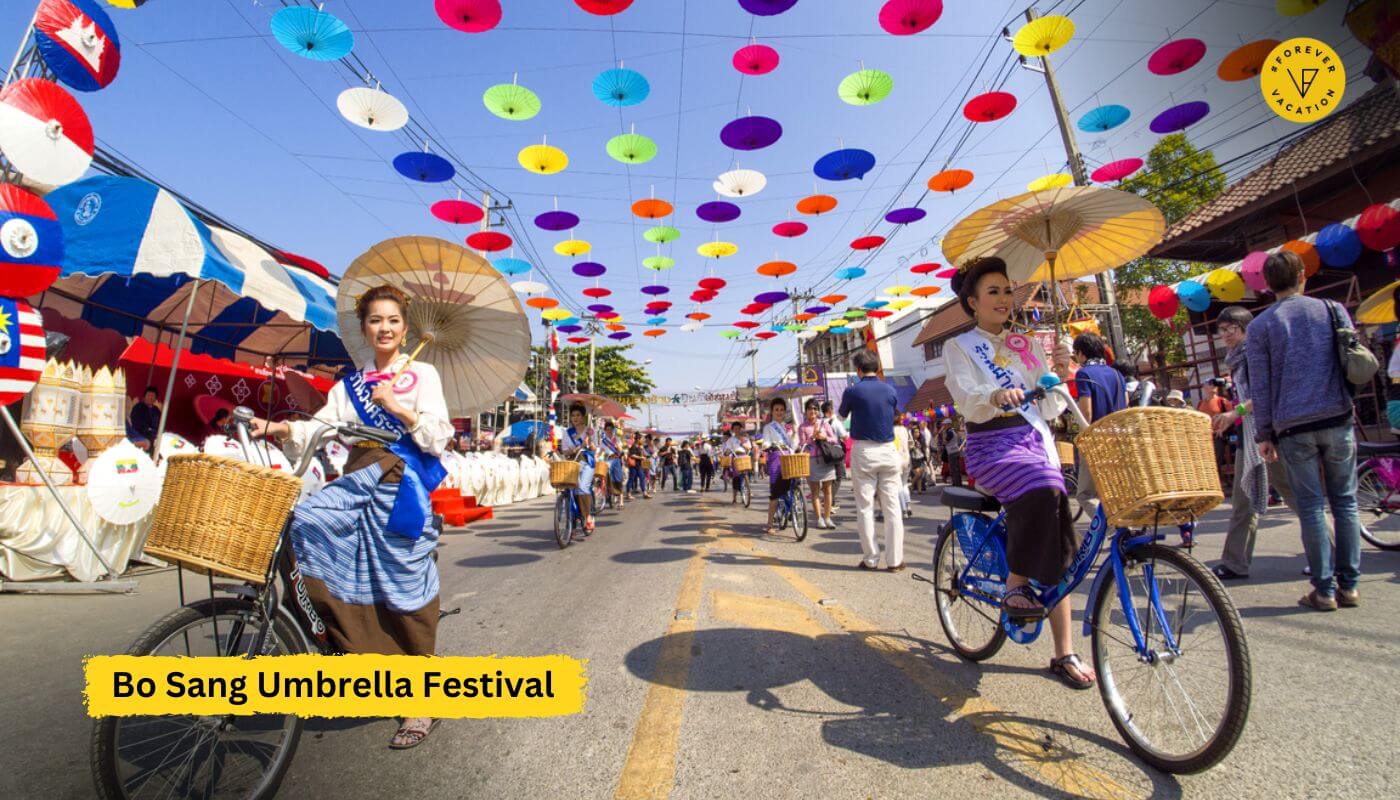
A short drive from Chiang Mai, the village of Bo Sang hosts a charming festival that celebrates its famous hand-painted umbrellas. The streets are lined with colorful paper parasols, there’s live music and local food, and artists paint right in front of you. It’s small, creative, and great for snapping stunning photos (and picking up gorgeous souvenirs).
3. Chak Phra Festival (October/November)
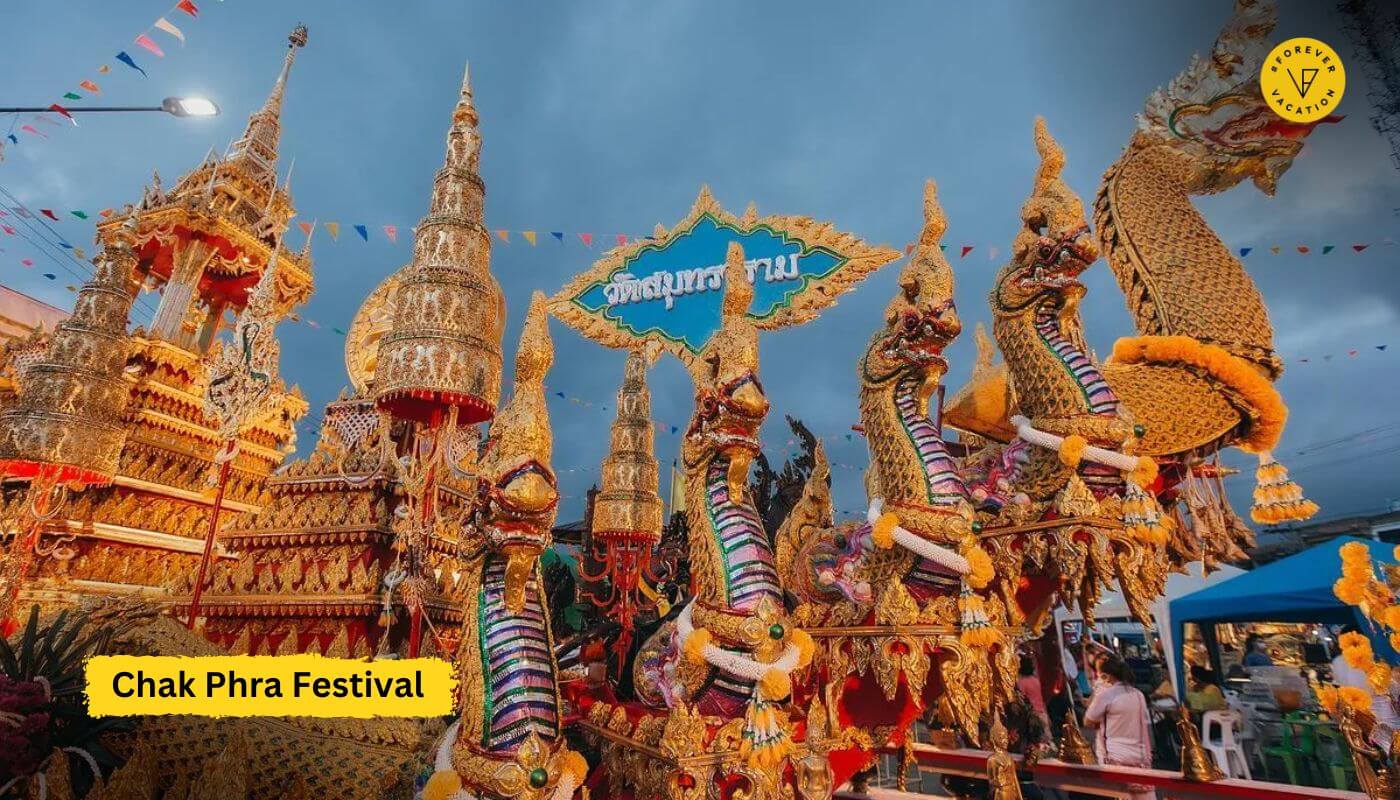
In Southern Thailand, especially around Surat Thani, Chak Phra marks the symbolic return of the Buddha to earth after he preached in heaven. Ornately decorated boats carry Buddha images down rivers and roads in stunning processions. It’s spiritual, peaceful, and a great glimpse into southern Thai traditions that most tourists never see.
These festivals aren’t built for tourists—they’re for the locals. That’s what makes them feel so personal and real. You’re not just watching—you’re invited in. You might be the only foreigner there, and honestly? That’s where the magic happens.
Final Words
Thailand’s festivals aren’t just events—they’re invitations. Invitations to connect, to celebrate, and to witness a culture that expresses joy, gratitude, and spirituality in the most vibrant ways imaginable.
We explored ten of the most unforgettable festivals, from the water-soaked madness of Songkran to the sky-lit wonder of Yi Peng, the surreal intensity of the Vegetarian Festival, and the artistic beauty of the Candle and Flower Festivals. We also covered practical travel tips and shined a light on some incredible hidden gem festivals that most travelers miss—but shouldn’t.
If these festivals sparked your curiosity, your next step is simple: check out our Thailand Festival Calendar Guide. It’ll help you line up your travel dates with the events that speak to you, whether you’re into street food, spiritual rituals, wild parties, or local traditions.
Because in Thailand, there’s always a festival waiting—and it’s always worth showing up for.
Recommended Articles
-
Destinations
![The Best Islands in Thailand [2025]](https://cdn.forevervacation.com/uploads/blog/the-best-islands-in-thailand-2022-3118.jpeg)
The Best Islands in Thailand [2025]
-
Destinations

Top 5 Best Beaches in Thailand
-
Destinations
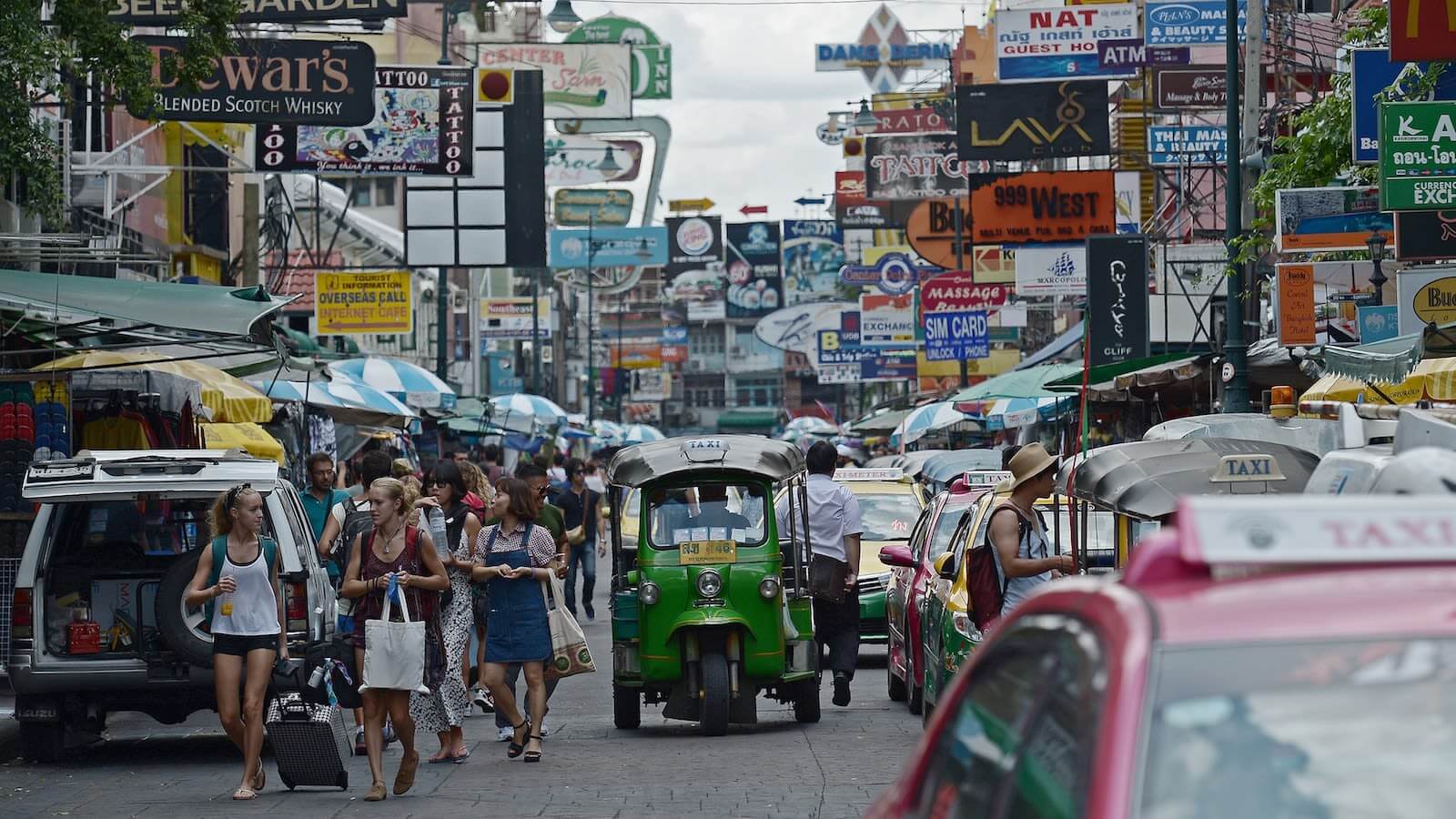
How to Travel Around Thailand
-
Destinations
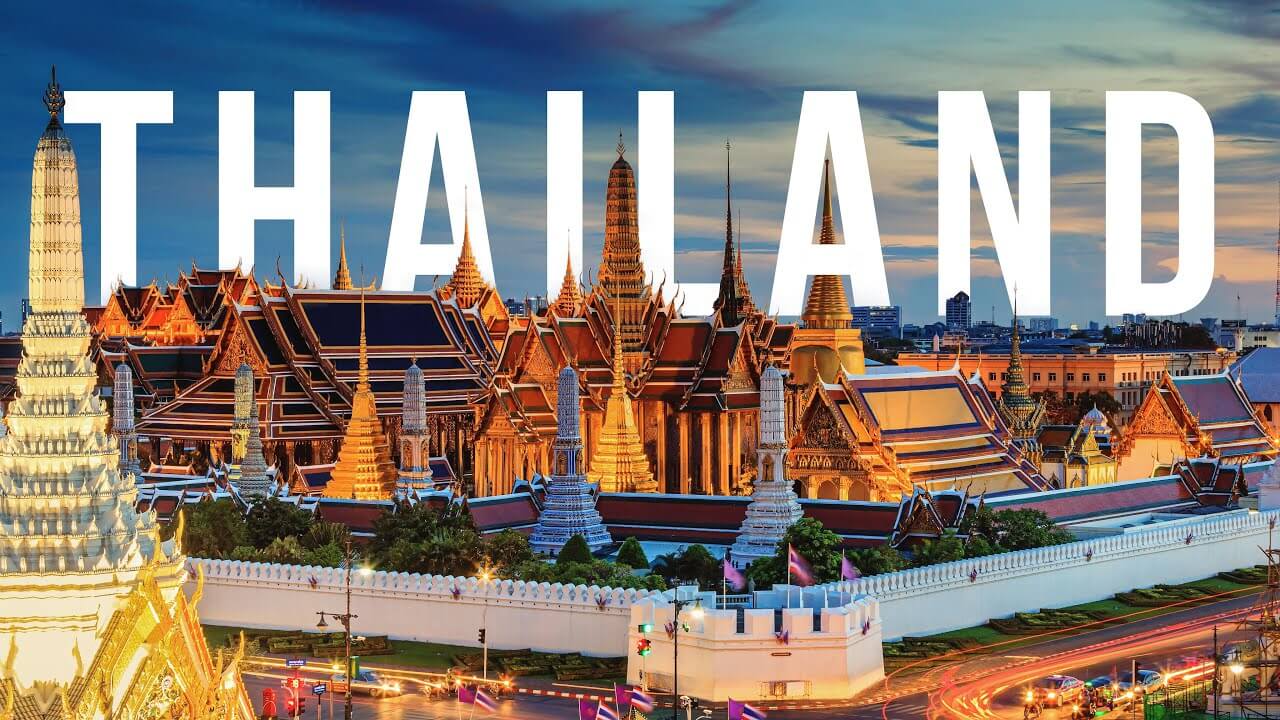
Thailand Visitor Guide: Things to Do
-
Destinations

Thailand Tourism Statistics - Updated For 2025
-
Resources
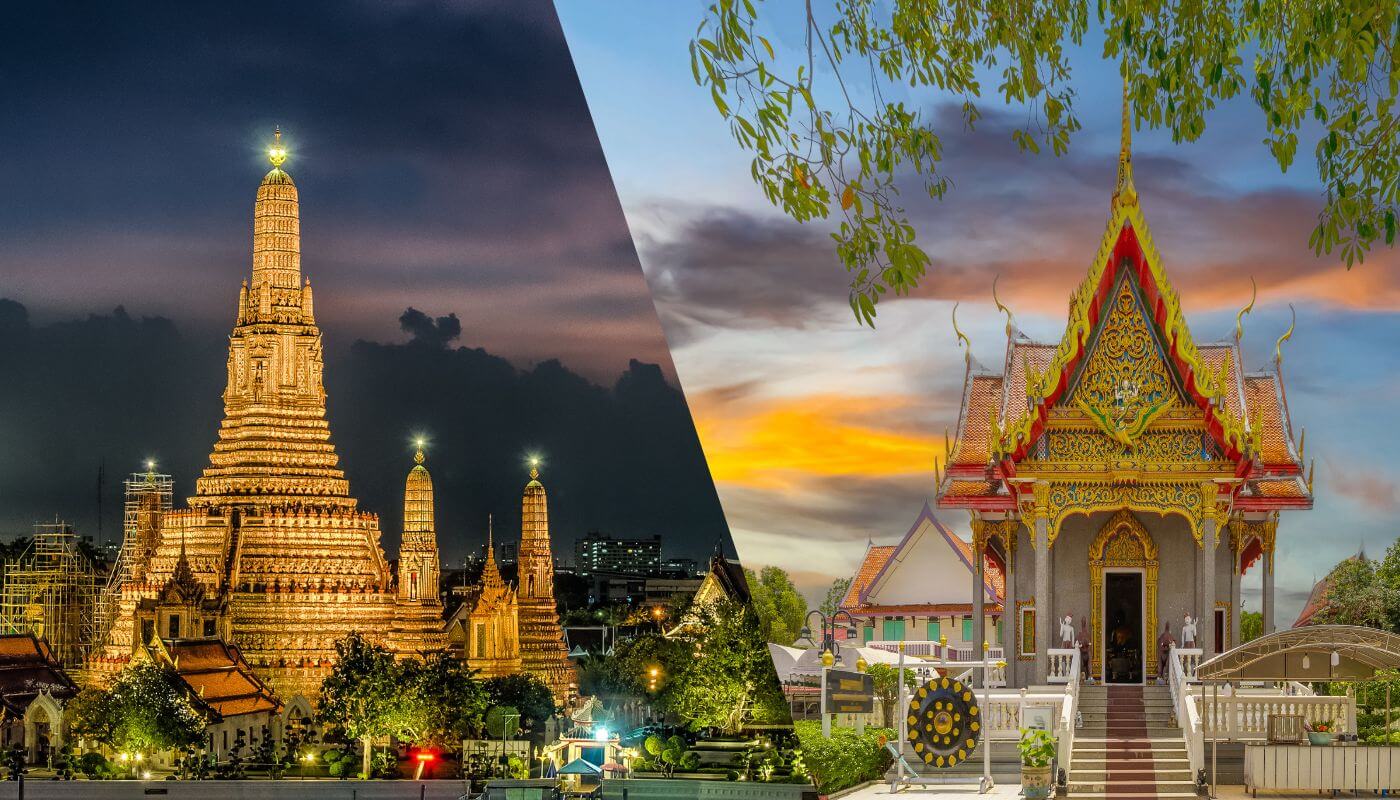
Bangkok or Phuket: Which One is Better for the Perfect Thailand Vacation?
-
Resources

Is Thailand Cheap or Expensive? The Truth About Travel Costs
-
Resources

What to Buy in Bangkok? Where to Shop Hidden Gems & Tourist Favorites!
-
Resources
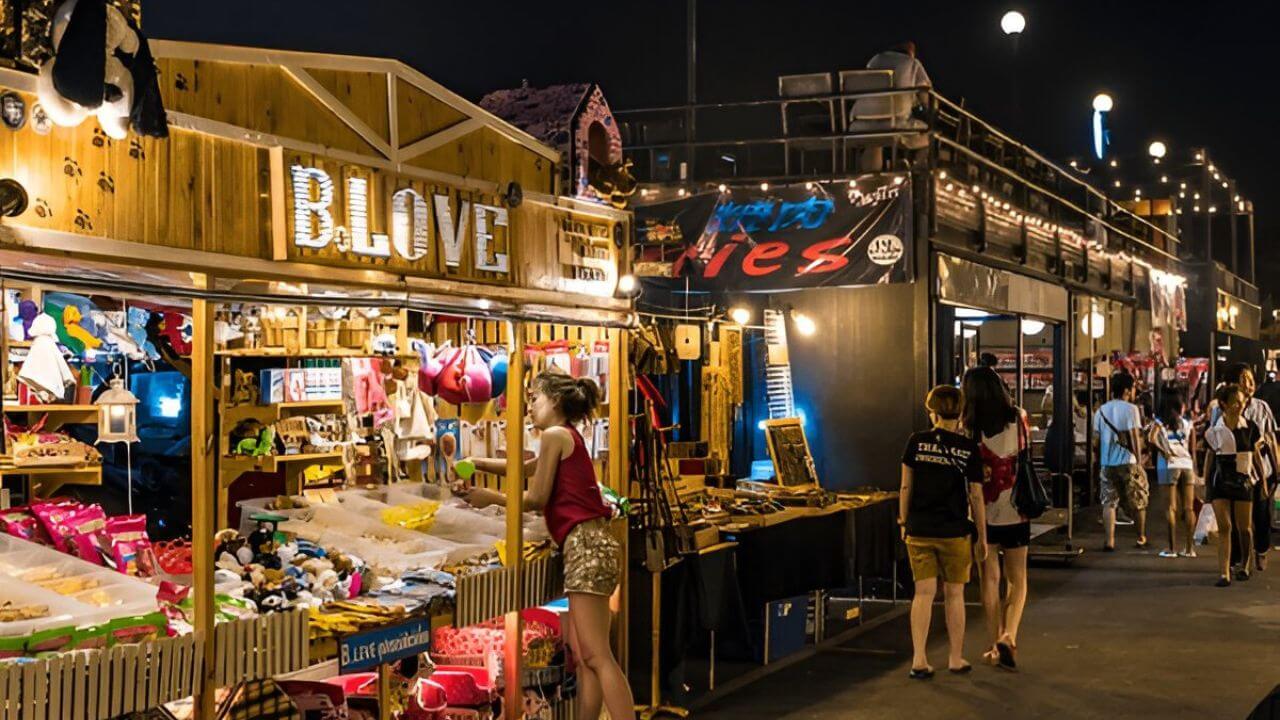
Top 20 Night Markets in Bangkok for Shopping, Street Food & Local Vibes
-
Resources
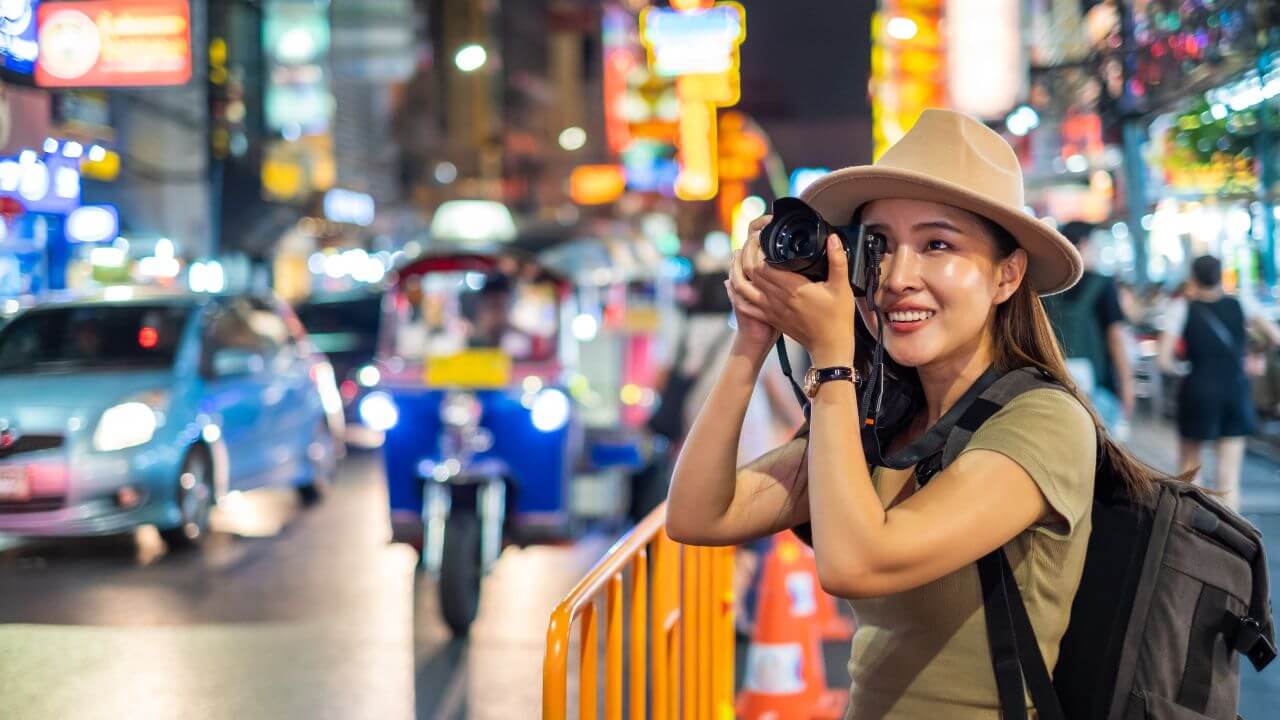
15 Awesome & Popular Neighbourhoods in Bangkok 2025
-
Tips
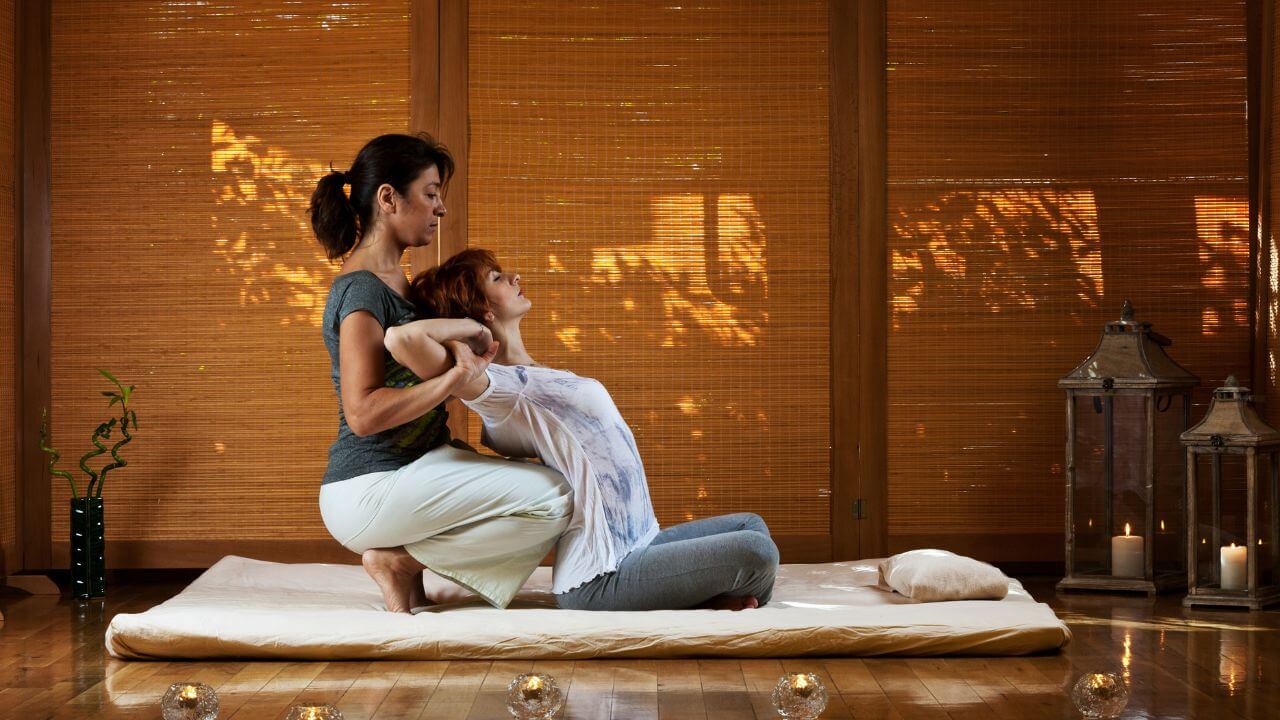
Traditional Thai Massage: Where to Find the Best, Types & Benefits
-
Tips

Top 10 Romantic Date Spots in Bangkok for an Unforgettable Evening
Get your VACATION on!
Expertly curated emails packed full of vacation inspiration, travel tips and more!



 +1 617 404 2125
+1 617 404 2125


